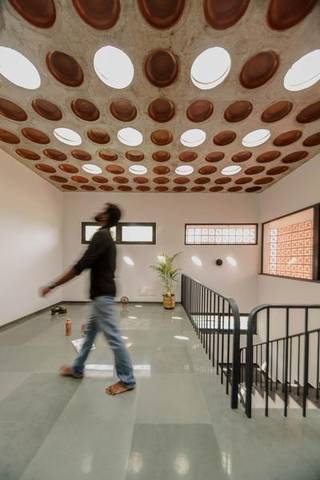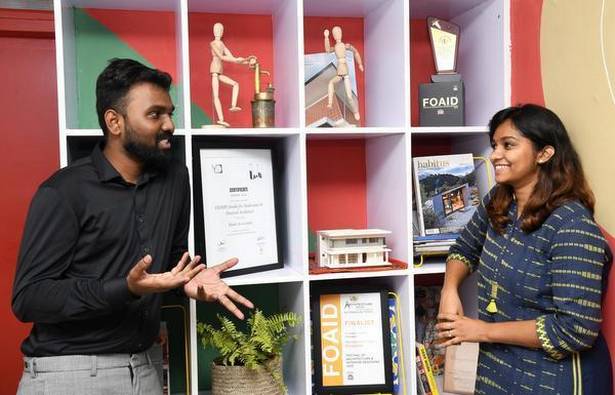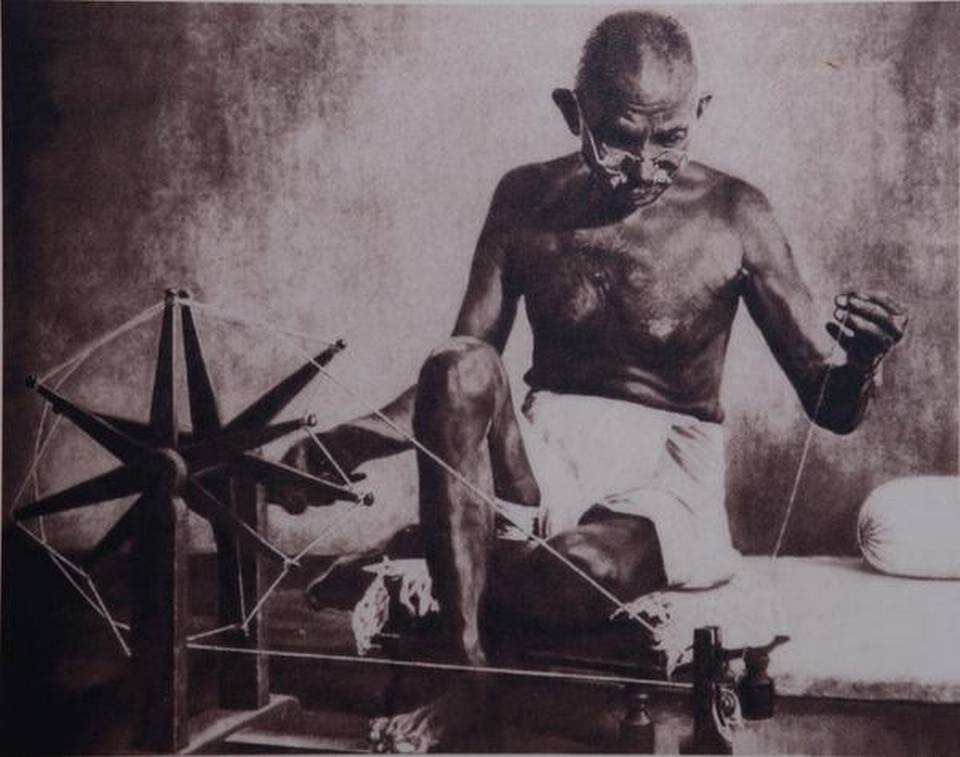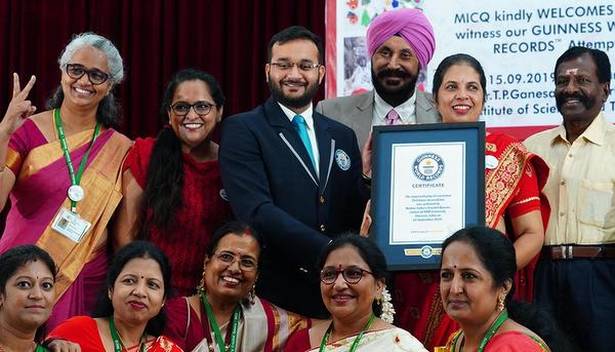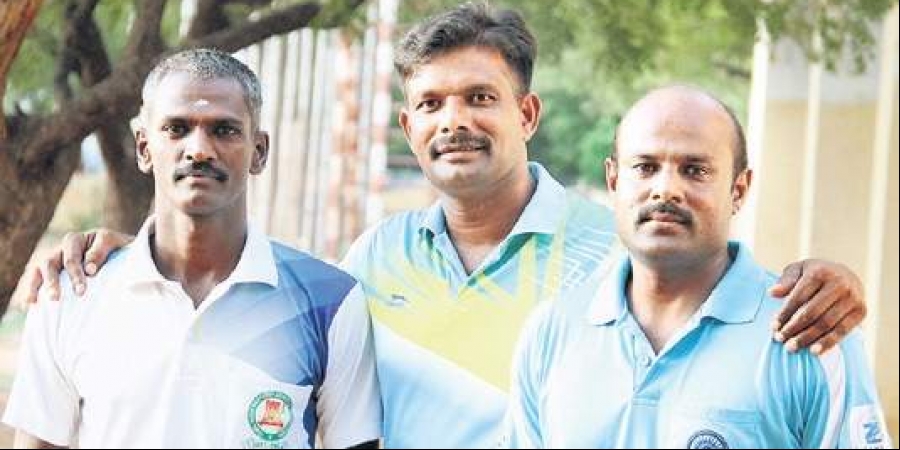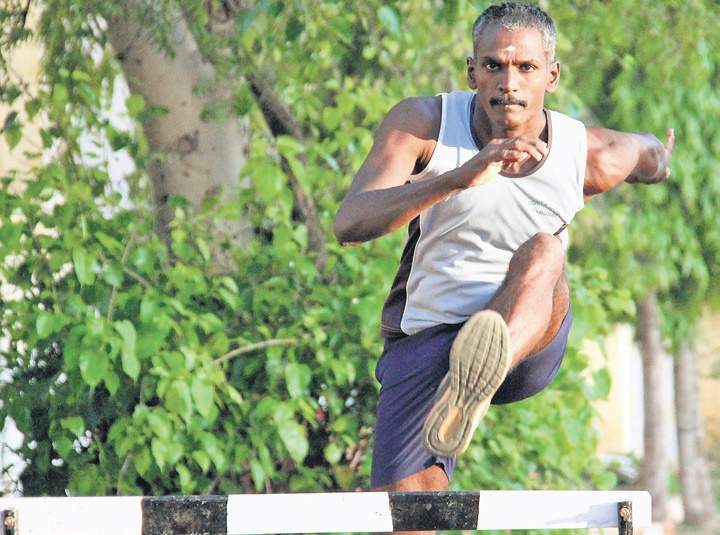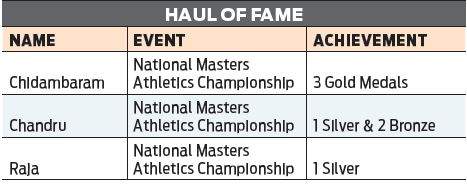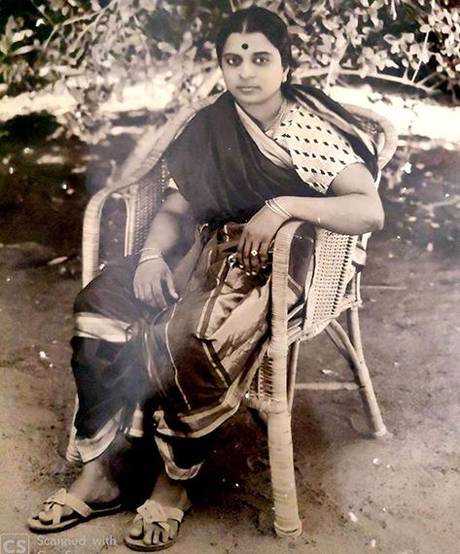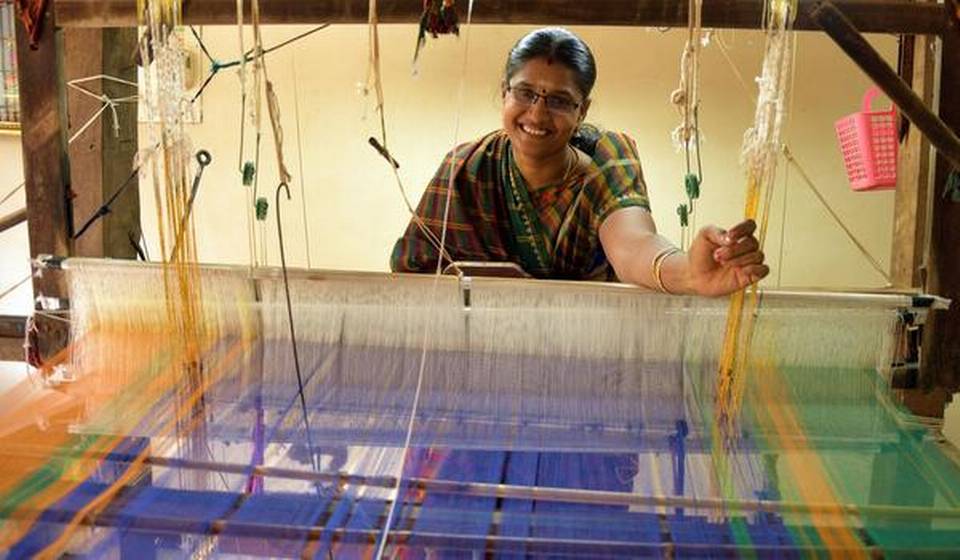In a lengthy interaction, the artistes spoke about their style and schooling – that they will look to bridge and unify into something truly harmonious.
German violinist, composer, arranger and Founder of the artistic collective, Pool of Invention, Florian Willeitner was in the city for a very special performance – conceptualised and hosted by the Goethe-Institut along with Rotary Club of Madras East – titled, Classical Strings Violinkonzert, along with the renowned duo of Ganesh and Kumaresh. The medium of exchange was the violin. In a lengthy interaction, the artistes spoke about their style and schooling – that they will look to bridge and unify into something truly harmonious.
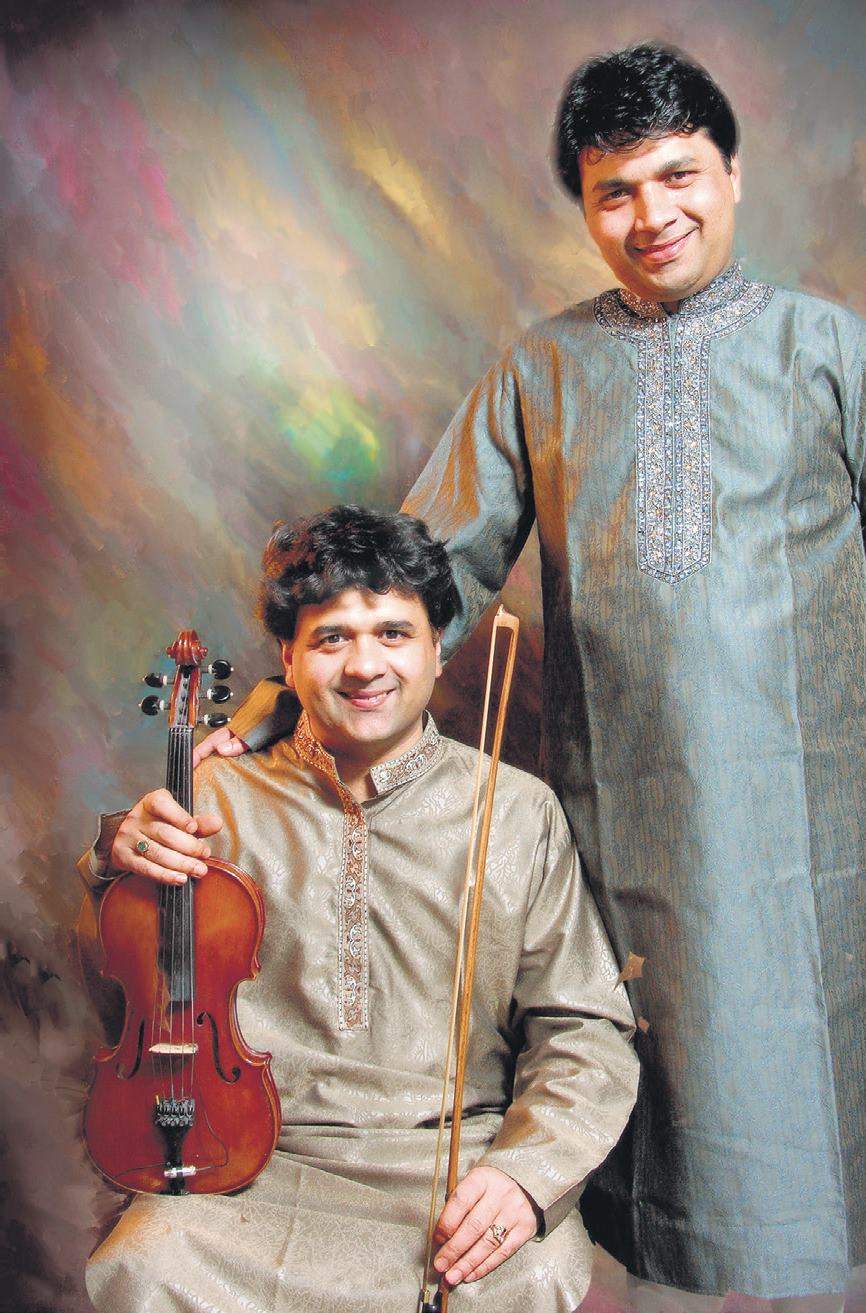
Excerpts:
Importantly, how have you been keeping out the sounds of firecrackers?
Ganesh & Kumaresh: Our motherland reflects a life of celebration. We deal with various kinds of sounds at the most critical junctures, so dealing with the sounds of the festival is a joy. We believe in the concept of internal silence while the rest of the world is still alien to that concept. So, the sound of firecrackers is musical to us.
Florian: It is, of course, necessary to rehearse in a space where we can fully concentrate on the music. Also, the Goethe Institut’s hall is a very good room to rehearse. There weren’t any rehearsals taking place on Diwali, so no firecrackers came in our way. Actually, I was practising in my hotel room on these days, and almost died of several heart attacks, as there were detonations all over the place… but luckily, I survived!
All three of you were music scholars at a young age. Give us a sense of how similar, or different, your study routines were?
G&K: The discipline in formative years is of paramount importance for a free-spirited exploration in the romance with musical days. Freedom without discipline is an open recipe for disaster in any walk of life, and it is the same with music as well…
FW: I am grateful for the strictness of Western classical education, as I see it as one of the best ways to actually, really get to know your instrument in every technical aspect. I dislike the absence of creativity in this tradition though, as the main focus is on interpreting written music by composers. Therefore, I have always been looking for creativity through other musical styles and approaches, and I am now fighting very much to bring creativity back to Western classical education.
How difficult or easy has it been, to bring together your styles, and schools of music?
G&K: When two personalities from different cultures meet, there are bound to be differences. Music by default is an indivisible medium – it is the human mind and the society that has divided the sound of music like this and that. So, we found a way in which there’s a musical synergy to what we presented, so the audience got to listen to a very new, dynamic and traditional sound of music!
source: http://www.newindianexpress.com / The New Indian Express / Home> The Sunday Standard / by Jaideep Sen / November 03rd, 2019


